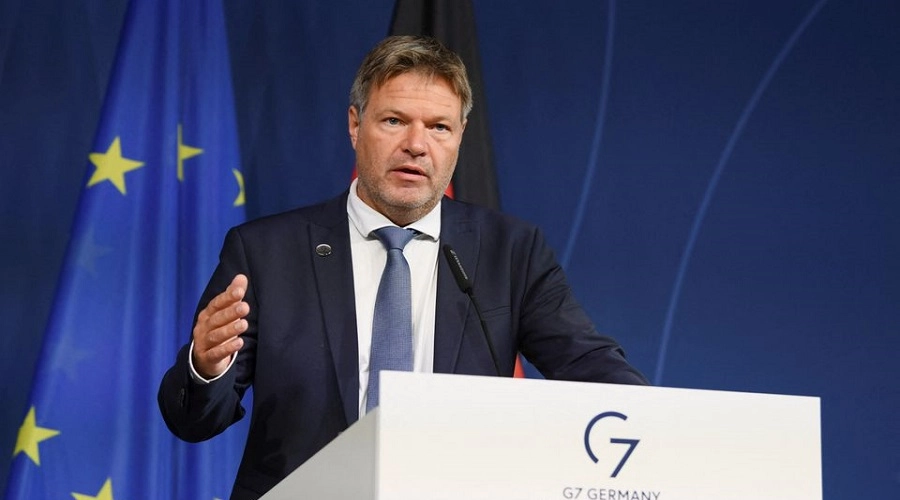In early 2023, the German Ministry of Economy decided to reduce incentives for purchasing electric vehicles and completely eliminate subsidies for plug-in hybrids.
This decision marked a significant shift in the electromobility market when comparing 2022 sales to those in the first half of this year.
While it had a negative impact on January registrations this year, the German Association of the Automotive Industry (VDA) expects an 8% increase in zero-emission vehicle sales for the remainder of 2023.
The implementation of this measure comes as “plug-in hybrids are marketable and no longer require public funding,” explained Robert Habeck, the Minister of Economy.
Those acquiring an electric car priced below 40,000 euros will receive a subsidy of 4,500 euros, which will decrease to 3,000 euros in 2024.
For units with a price above 40,000 euros, the subsidy will be 3,500 euros.
However, the benefit doesn’t apply to those with a price exceeding 65,000 euros, with a cap of 45,000 euros the following year.
Furthermore, manufacturers are only obligated to contribute 50% of the governmental share for electric cars and 0 euros for plug-in hybrids.
Initial outcomes of the reduction in incentives
The adjustments to electric vehicle incentives at the start of the year directly impacted January registrations, resulting in a 32% decline compared to the previous period.

As a consequence, zero-emission vehicles accounted for just 15.1% of the total market.
It’s worth noting that, when the possibility of implementing this measure was announced, Hildegard Müller, President of the VDA, stated, “We expect the reduction of incentives for electric cars and the removal of subsidies for plug-in hybrids to continue to negatively impact the expansion of electromobility.”
However, the current projections by the VDA for the rest of 2023 anticipate an 8% increase in sales of purely electric vehicles, reaching around 510,000 units sold.
Regarding plug-in hybrids, they anticipate registrations to decrease by approximately 255,000 units, marking a 30% drop from 2022.
Overall, they estimate that 765,000 low-emission vehicles (including hybrids and electric cars) will be sold.
Rise in Electric Vehicle Sales in the First Half
According to VDA data, in the first half of 2022, 306,000 electric-propulsion vehicles were registered.
In 2023, this number has increased to 362,500.
Moreover, just in July, there was a 20% surge compared to the same month the previous year.
In this regard, while plug-in hybrid registrations declined by 40% (totaling 14,300 units), electric car registrations grew by 69%, reaching a total of 48,700 units.
Top 3 Best-Selling Electric Vehicles in the Last Semester
Tesla Model Y
According to data from the Federal Motor Transport Authority (KBA), Elon Musk’s vehicle has already sold 27,825 units in the first half of 2023, solidifying its first-place position.
The SUV features BYD Blade batteries with a 55 kWh capacity (WLTP).
It can charge from 10% to 80% in about 27 minutes.
It comes in two versions: Long Range (with a range of 533 km) and Performance (with a range of 514 km).
Volkswagen ID 4 and ID 5
The second spot is taken by two models from the German brand, with a total of 18,277 units sold.
The ID 4 boasts a range of up to 526 km and a power output of 150 kW; it allows for 5% to 80% charging in 36 minutes.
The ID 5 also has a power output of 150 kW, but its range is 534 km; it enables 5% to 80% charging in 29 minutes.
Volkswagen ID 3
The third position is held by another Volkswagen model, which has already sold 11,875 units.
This vehicle achieves a range of up to 559 km and has a battery capacity of 170 kW.
It can charge from 5% to 80% in about 30-40 minutes.








